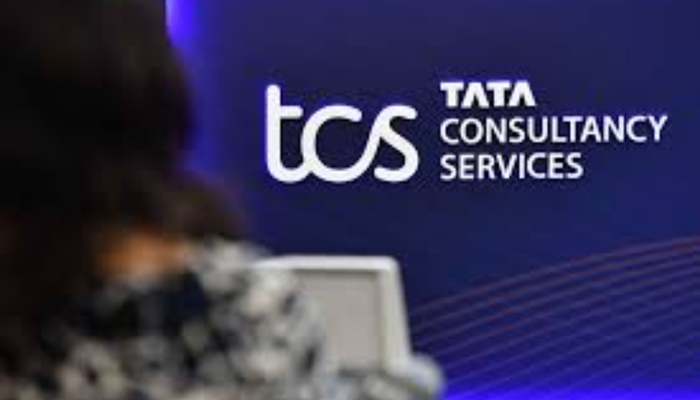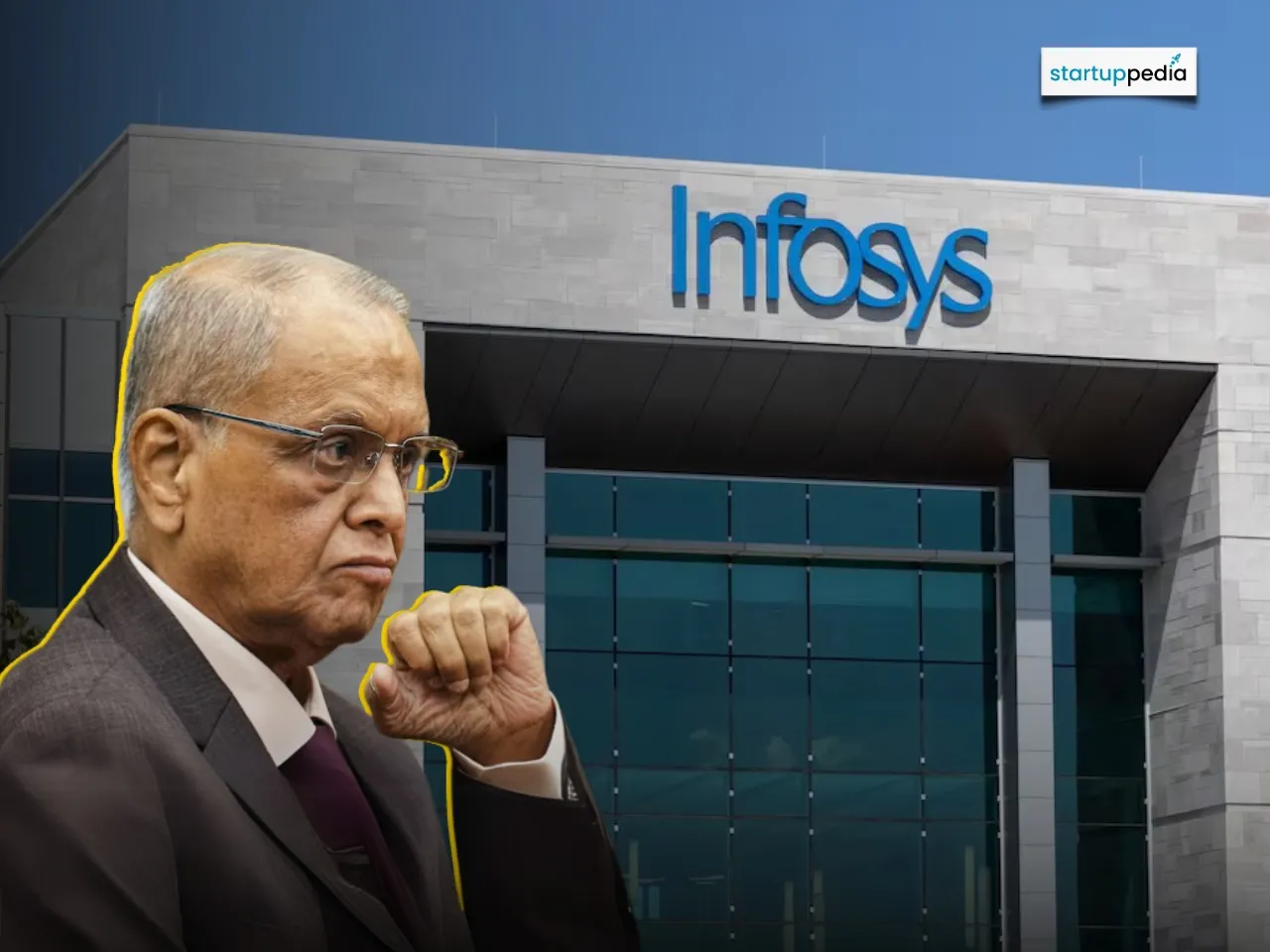Harsh Pokharna, CEO of OkCredit, has sparked a lively debate on LinkedIn after sharing his perspective on how early-stage startups should approach fundraising and valuations.
Pokharna recounted a recent interaction with two startup founders, who despite having no product or revenue, were seeking to raise $2 million at a $40 million valuation. While he admired their confidence and energy, he questioned the practicality behind their numbers.
“When I asked why they thought investors would agree to this, the CEO replied, ‘Because we’ll be worth $1 billion one day.’ That’s where it fell apart for me,” Pokharna wrote.
Practical framework for founders
To guide early-stage entrepreneurs, Pokharna outlined a simple framework:
- Raise for 18 months: 12 months to hit milestones for the next round, plus 3-6 months to close it
- Calculate financial needs: Including salaries, product, marketing, and operational expenses
- Expect to give 10-20% equity: A common range for early-stage investors
He explained the logic with an example: “If you need $300K for 18 months and offer 15% equity, your valuation = $300K ÷ 15% = $2M. Simple. Practical. Investor friendly.”
Pokharna summed up the lesson with a reminder: “Confidence sells the dream. But numbers close the deal.”
Vision vs Valuation
The post drew strong reactions across the startup community. Some agreed with Pokharna’s pragmatic approach, while others defended the power of vision-driven investing.
One commenter countered, “Sometimes, investors are willing to back a vision that may not yet have tangible metrics, especially if the founders have a strong track record or unique insight into their market. Confidence and ambition should be balanced with financial planning, but they are still vital.”
Another supported Pokharna’s stance, writing, “Spot on. Confidence is essential, but early-stage valuation is all about practicality — funding needs, milestones, and realistic equity expectations. Numbers + vision = investor trust every time!”
A third added bluntly, “Everyone is a baller until you ask them about traction and their plan to achieve their goals. Saying you will fly to Mars tomorrow is one thing; building a rocket is another.”




















